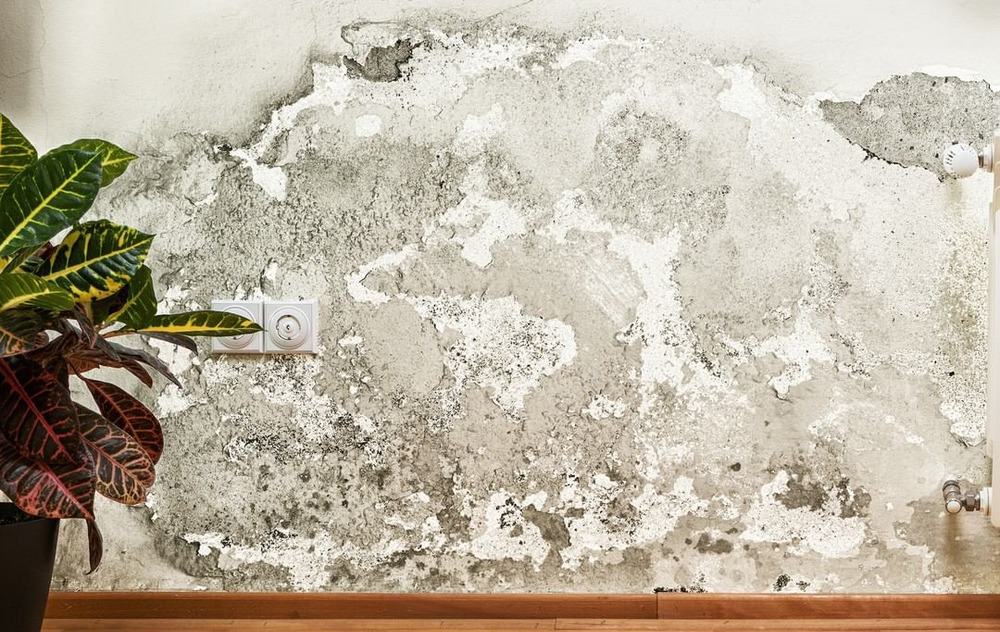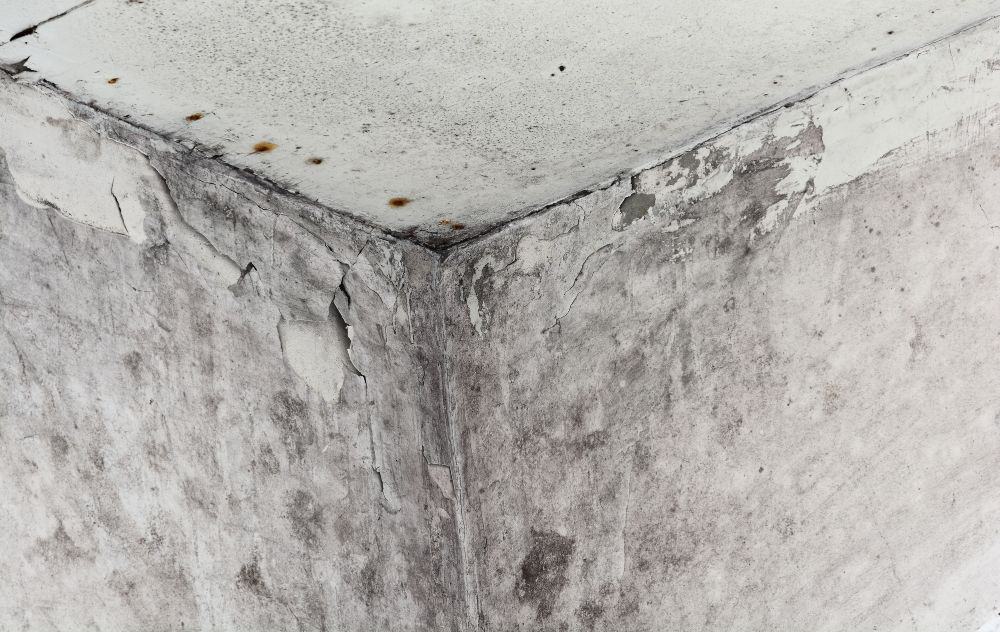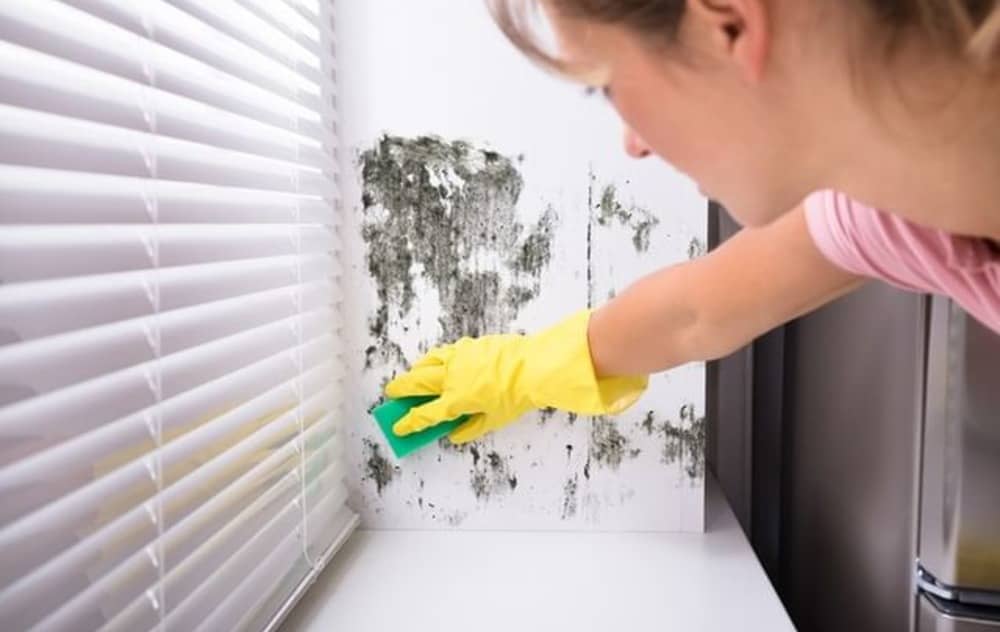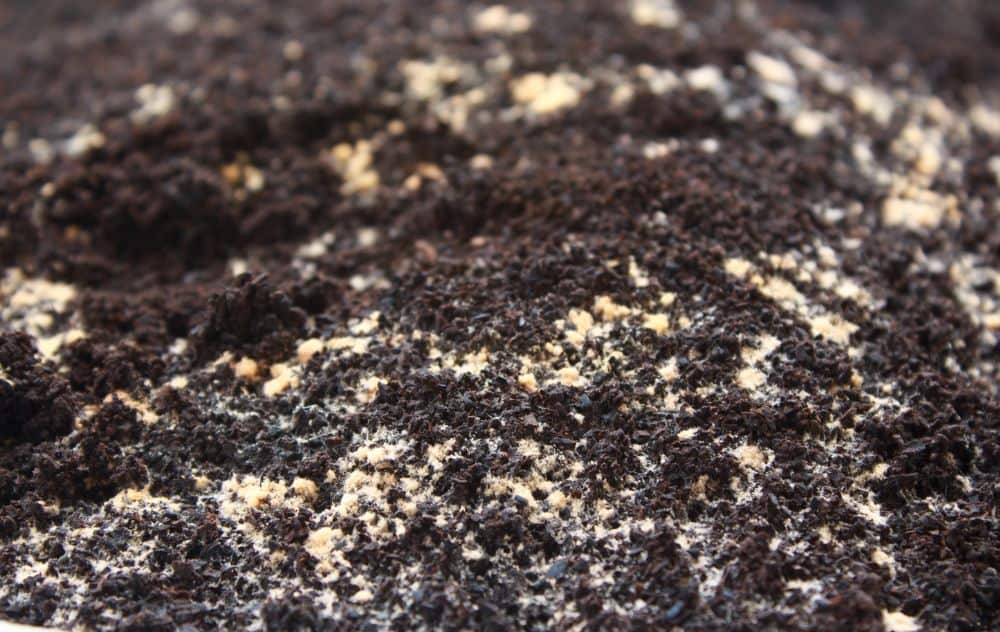Mold is a fungus that thrives in moist, dark environments, so it is not surprising that it would be a problem in a mobile home.
Contents
Health Effects of Mold
Mold can cause various health effects, including allergic reactions, asthma, and other respiratory complaints.
If you’re allergic to mold, you might sneeze, have a runny nose, be congested, and have watery, itchy eyes.

People with asthma or other respiratory conditions may experience difficulty breathing when exposed to mold. Some people have reported more severe reactions, such as fever and shortness of breath.
Some people with long-term exposure to mold, such as those working in moldy environments or living in moldy homes, may develop chronic lung problems.
Mold can be concerning as it can cause health problems for some people, such as those with asthma or allergies. Mold is a type of fungus that can grow indoors and outdoors. It often is found in damp areas, such as basements, bathrooms, and kitchens. Mold can also grow on clothing, food, and paper.
Mold exposure can cause various health problems, including respiratory infections, asthma, and allergies. Some people are more sensitive to mold than others. Children, the elderly, and people with weakened immune systems are at a higher risk for mold-related health problems.
Mold exposure can cause various respiratory symptoms, such as coughing, wheezing, and difficulty breathing. It can also cause skin irritation, such as rashes and itchiness. People with asthma or allergies may react more severely to mold exposure.
If you suspect you have a mold problem in your home, you should contact a mold remediation specialist. Mold remediation is the process of removing mold from a home or building. Mold remediation specialists will test for mold and develop a plan to remove mildew from mobile home.
If you have a mold problem in your home, you should take steps to control the moisture and improve ventilation. You should also clean and repair any water leaks. These steps will help to prevent mold growth in the future.

Causes of Mold Under a Mobile Home
Mold is a type of fungi that thrives in warm, moist environments. Mobile homes are especially susceptible to mold growth due to their construction and location. Mobile homes are often built without foundation, so they sit on the ground. This makes the underside of the mobile home the perfect environment for mold to grow.
Several factors can contribute to mold growth in a mobile home. Poor drainage around the home can cause water to pool underneath, creating the perfect conditions for mold to thrive. If the mobile home is located in an area that is prone to flooding, this can also lead to mold growth.
Leaks in the plumbing or roof can also cause mold to grow under a mobile home. These leaks can go undetected for a long time, creating a large amount of decay.
If you suspect mold is growing under your mobile home, having it professionally inspected and removed is essential. Mold can cause a variety of health problems, so it is not something that should be taken lightly.
Signs of Mold in Mobile Home
Mold is a type of fungi that can grow both indoors and outdoors.
It is commonly found in damp, humid areas and can cause serious health problems for people who are exposed to it. There are many different types of mold, and each type can cause various health problems.
Some of the most common health problems caused by mold include:
- Allergies
- Asthma
- Respiratory infections
- Eye irritation
- Skin irritation
- Headaches
- Fatigue
- Nausea
There are many different signs of mold growth in a mobile home. Some of the most common symptoms include:
1. Visible mold growth. Mold can often be seen growing on walls, ceilings, floors, or in other areas of the home. It may be black, white, green, or any different color.
2. Musty odors. A musty or moldy smell is often one of the first signs of mold.
3. Water stains. Water stains on walls, ceilings, or floors may be a sign of a leaky roof, pipe, or another source of water. These areas are often prime locations for mold growth.
4. Condensation. Condensation on walls, windows, or other surfaces may indicate high humidity, leading to mold growth.
5. Peeling paint. Peeling paint is another common sign of mold growth.
If you suspect mold in your manufactured homes, it must be professionally tested. Mold testing can be performed by a qualified contractor or mold remediation company.
How to Get Rid of Mold Under Mobile Home: Step by Step Instructions
Mold under a mobile home is a serious problem that can cause structural damage and make the home uninhabitable. If you have mold under your mobile home, it is important to take action immediately to get rid of it.

Step 1. Use mold remediation company
There are several ways to get rid of mold under a mobile home, but hiring a professional mold remediation company is the most effective way. These companies have the experience and equipment necessary to safely and effectively remove mold from your modular home.
Step 2. Remove the mold yourself
If you decide to try to remove the mold yourself, there are a few things you need to keep in mind. First, always wear protective clothing, including a respirator, when handling mold. Second, be sure to thoroughly clean and dry the area where the mold is growing before beginning any removal process.
Step 3. Use bleach
Third, several products on the market claim to kill mold, but many of these are ineffective and can even be dangerous. The best way to kill mold is to use a product that is specifically designed for mold removal, such as bleach. Bleach will kill the mold and also help to prevent it from coming back.
Step 4. Prevent it from returning
Fourth, once the mold is gone, it is essential to take steps to prevent it from returning. This includes repairing any leaks or other sources of moisture and ensuring that the area is well-ventilated.
If you follow these steps, you should be able to get rid of mold under your mobile home and keep it from coming back.
Preventive Measures
Mobile homeowners have a few extra things to worry about when it comes to mold. Because these homes are often located in humid or wet climates, they’re more susceptible to mold growth. And, because they’re often located in tight spaces, mold can spread quickly throughout a mobile home if it’s not dealt with right away.
Fortunately, there are a few things mobile homeowners can do to prevent mold growth. First, make sure your home is well-ventilated. This will help to keep moisture levels down, which will in turn, make it harder for mold to grow. Second, keep an eye out for leaks and repair them as soon as possible. Leaks are one of the most common causes of mold growth in mobile homes, so it’s important to nip them in the bud.
Third, clean your home regularly. Dust and dirt can provide a food source for mold, so keeping your mobile home clean is essential. Finally, consider using a dehumidifier to help keep stop moisture levels in check. By taking these preventive measures, you can help to keep mold at bay.
How to Dry Ground Under Mobile Home?
If you have a mobile home, you may wonder how to dry ground under it. The ground under your mobile home can become wet for various reasons, such as rain or snow melting or from a leak in your home.
If the ground under your mobile home is wet, it can lead to several problems, such as mold and smells like mildew growth or even foundation damage. Luckily, you can do a few things to dry ground under your mobile home and prevent these problems. Assuming you would like tips on how to dry out the land under a mobile home:
One way to dry ground under your mobile home is to use a dehumidifier. Dehumidifiers work by removing moisture from the air, which can then help to dry out wetlands. You can find dehumidifiers at most hardware stores or online.

Another way to dry ground under your mobile home is to use a fan. Fans can help to circulate air and dry out wetlands. You can find fans at most hardware stores or online.
Finally, you can also try to improve the drainage around your mobile home. If water is not draining properly from your home, it can lead to wet ground. You can improve drainage by installing gutters and downspouts or grading the land around your home so that it slopes away from the foundation.
By taking these steps, you can dry the ground under your mobile home and prevent problems such as mold and mildew growth or foundation damage.
One way to help dry out the ground under your mobile home is to improve the drainage around the perimeter of your home. This can be done by installing a French drain or grading the ground so it slopes away from your home.
If you have a crawl space under your mobile home, ensure it is well-ventilated so that moisture can escape. You can install vents or fans to help with this.
It is also important to ensure that your gutters and downspouts are in good working order so that water cannot pool around your home.
If you have taken these steps and the ground under your mobile home is still damp, you may need to install a dehumidifier to help remove the moisture from the air.
FAQ
What gets rid of green mold on mobile home?
Green mold can be removed from mobile homes with various cleaners, including vinegar, bleach, and hydrogen peroxide.
How to get rid of black mold in mobile home?
The best way to get rid of black mold in a mobile home is to clean it with bleach.
How to stop mold in mobile home?
If you see mold in your mobile home, you should clean it up as soon as possible. Mold can cause health problems, so it is essential to remove it. There are a few ways to clean mold. You can use a commercial cleaner or make your own cleaner. To make your cleaner, mix one part bleach with three parts water. Then, use a brush to scrub the mold away.
Read also:
- How Wide Is a Single Wide Mobile Home?
- What Makes a Wood Stove Mobile Home Approved?
- How to Replace Skirting on Mobile Home?
Conclusion
If you have mold in your mobile home, getting rid of it as soon as possible is essential. Mold can cause several health problems, including respiratory problems, headaches, and skin irritation. It can also cause damage to your home by causing the wood to rot and wallpaper to peel.
